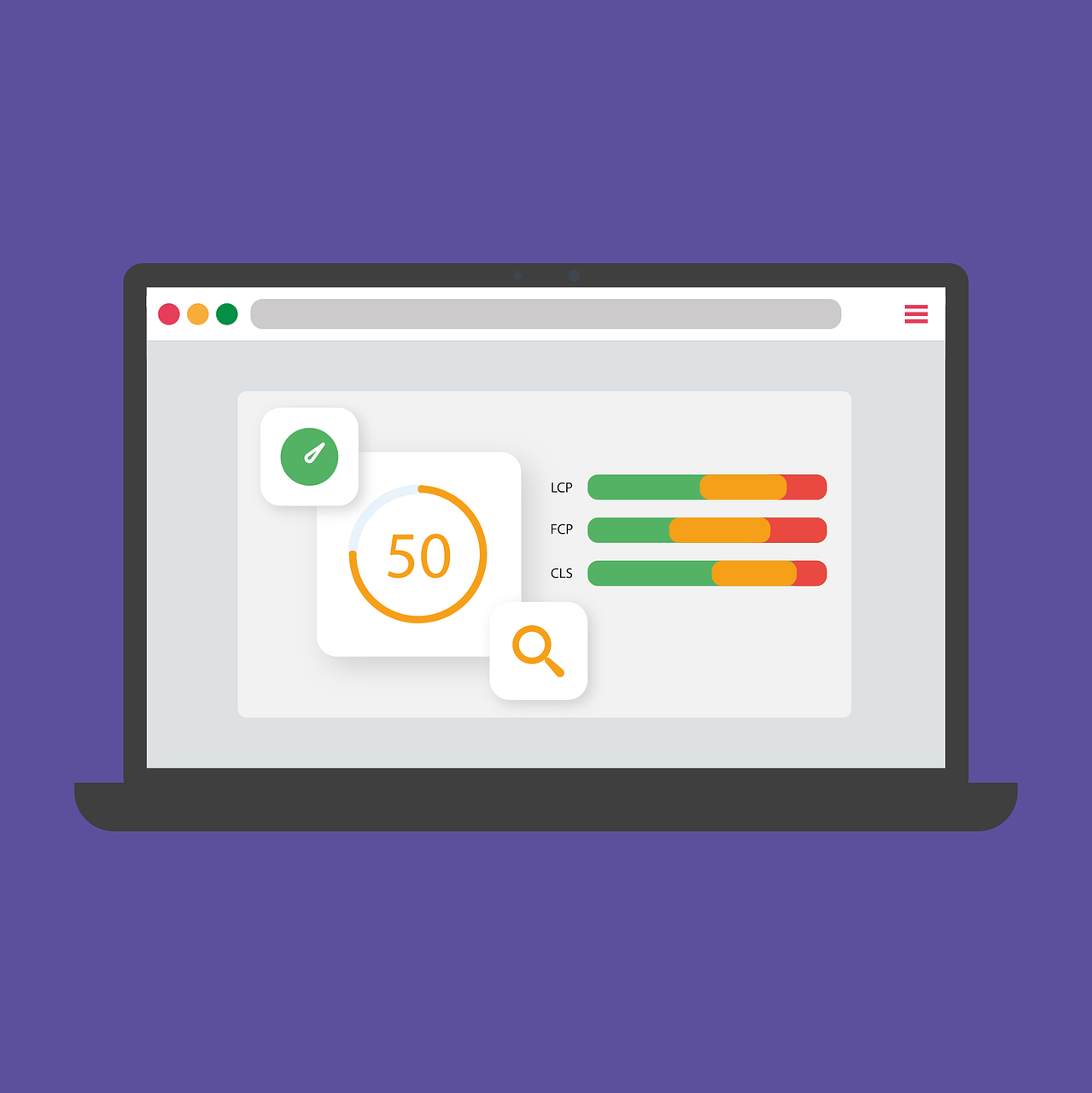In modern digital marketing, Core Web Vitals and SEO are like the dynamic duo of online success. They play an important role in determining how well your website ranks on Google – and how your content promotion fares in turn.
But what exactly are Core Web Vitals, and why do they matter for your site’s SEO? In this post, we’ll break it down and explore how these metrics directly influence your website’s performance and user experience. Let’s dive in!
What are Core Web Vitals?
Core Web Vitals are key metrics that Google uses to measure the user experience on a website. They help assess how fast and user-friendly a site is. There are three main Core Web Vitals:
- Largest Contentful Paint (LCP) gauges how fast a website’s main content loads.
- First Input Delay (FID) measures the time the site takes to respond to the first click or tap.
- Cumulative Layout Shift (CLS) tracks how stable a webpage is while loading.
These metrics give site owners and Google a clear picture of how a website performs from a user’s perspective.

The Key Metrics Explained
With introductions in order, the connection between Core Web Vitals and SEO lies in what these metrics mean for the user experience. Much like email marketing, user experience is indeed pivotal.
Largest Contentful Paint (LCP)
First, Largest Contentful Paint (LCP) measures how quickly the largest element on a webpage, like an image or text block, appears on the screen. As a metric, it’s crucial because it shows how fast users can see the most important information. Slow loading speeds are demonstrably frustrating to users, so high LCP can only diminish the user experience.
First Input Delay (FID)
Next, First Input Delay (FID) measures the time it takes for the site to respond to the first click or tap. That is just as vital as the other metrics, as an unresponsive site can frustrate users into leaving. Conversely, a fast response helps keep users engaged and results in a more pleasant experience –with your blog, landing page, or anything in between.
Cumulative Layout Shift (CLS)
And third, Cumulative Layout Shift (CLS) measures how stable a webpage is while loading. It looks at any unexpected movements of elements like buttons or images, which can frustrate users. It, too, is immensely important because a stable layout ensures that users can interact with the site without accidentally clicking the wrong thing.
Core Web Vitals and SEO: The Connection
That we’ve focused on user experience is, of course, no coincidence. In fact, user experience is the bedrock of this connection.

In short, Google places high value on user experience because it wants to provide the best results for its users. That is why, in Google’s own words, Core Web Vitals were introduced to begin with. Since Google wants to guide users to pages that are easy to use and enjoyable to navigate, it now prioritizes these metrics as they can reliably gauge user experience. Combined with SEO, Google ensures a website is relevant and pleasant to use, giving it a visibility boost in search results pages.
Conclusion
In conclusion, Core Web Vitals directly influence how users perceive and interact with your site. By prioritizing factors like speed, responsiveness, and stability, you enhance user experience and send a strong signal to search engines. So, mastering these elements is the winning combination for boosting your website’s performance and visibility.
About the author: Matthew Jackson is a freelance copywriter and part-time author interested in SEO and marketing software. He frequently contributes to moverstech.com with insights into the relocation industry and the evolving CRM market.

